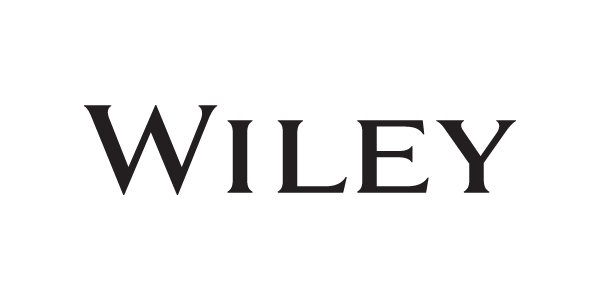
In this peer-reviewed article from Scientific Reports, it is shown for the first time that Far-UVC efficiently inactivates airborne aerosolised viruses, with a very low dose of 2mJ/cm² of 222 nm light inactivating >95% of aerosolised H1N1 influenza virus. Continuous very low dose-rate Far UV-C light in indoor public locations is a promising, safe and inexpensive tool to reduce the spread of airborne-mediated microbial diseases.
Latest knowledge from UV Medico

222 nm Far-UVC Light Safely Inactivates Airborne Human Coronaviruses
.jpg)
Far-UVC - Effectively Disinfects SARS-CoV-2 Surface Contamination

1 min read
Far-UVC: Innovative Solution to Airborne Microbial Disease Control

Long-Term Study: UVC Lamps Safe for Mice Sensitive to UV Radiation
.jpg)
1 min read
 UV222™
UV222™ UV222 Linear
UV222 Linear UV222 Downlight
UV222 Downlight Vertex 222
Vertex 222.png) UV222 Pendant
UV222 Pendant.png) UV222 Booth
UV222 Booth.png) UV222 Step-On
UV222 Step-On.png) UV222 Cleanroom Downlight
UV222 Cleanroom Downlight UV222 Dual Downlight 60x60
UV222 Dual Downlight 60x60 UV222 Material Airlock
UV222 Material Airlock UV222 Ambulance
UV222 Ambulance UV222 Compact
UV222 Compact UV222 Industrial
UV222 Industrial UV Medico
UV Medico


